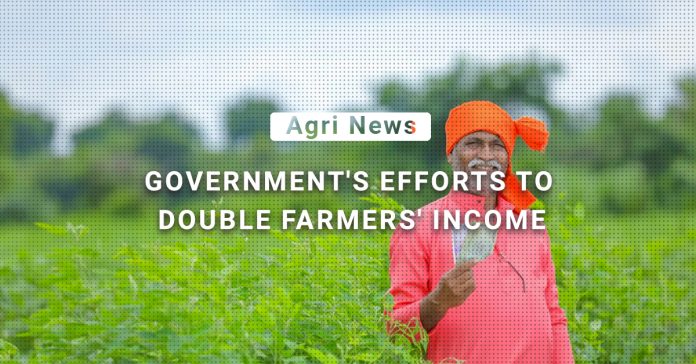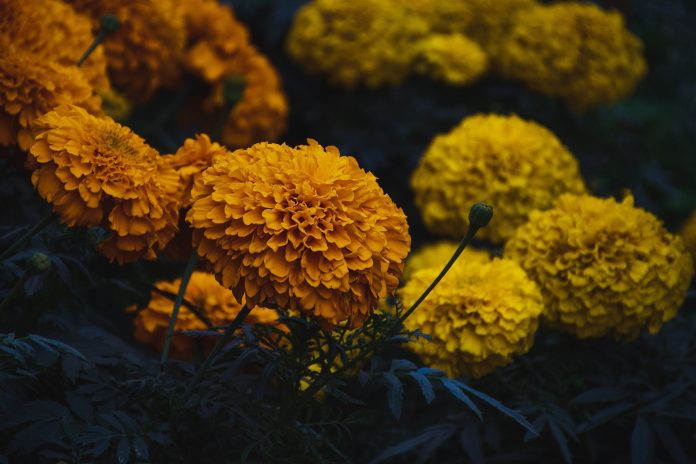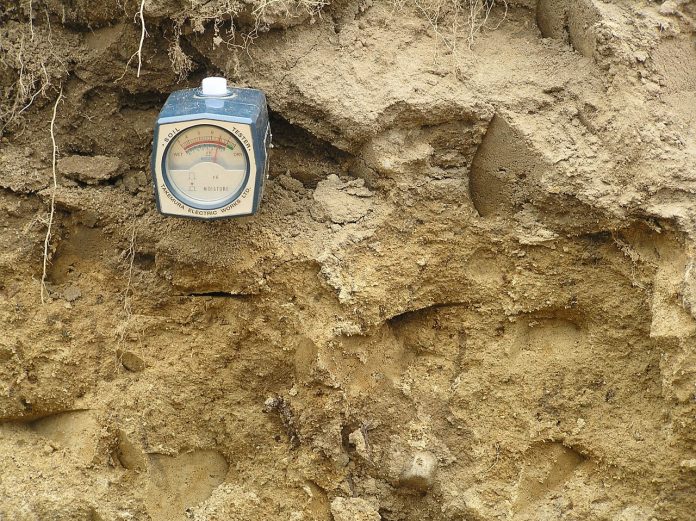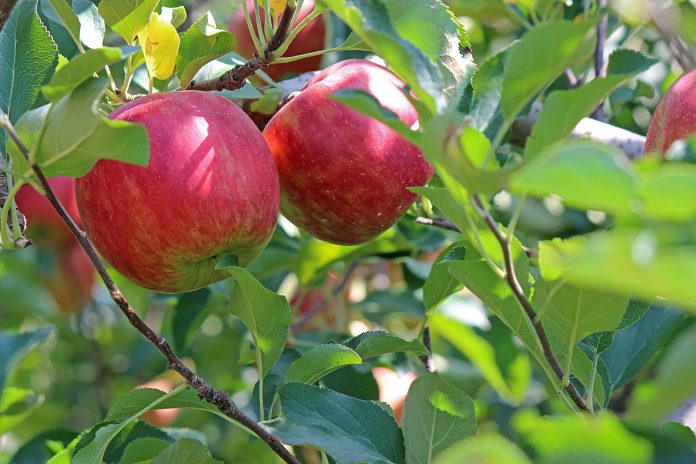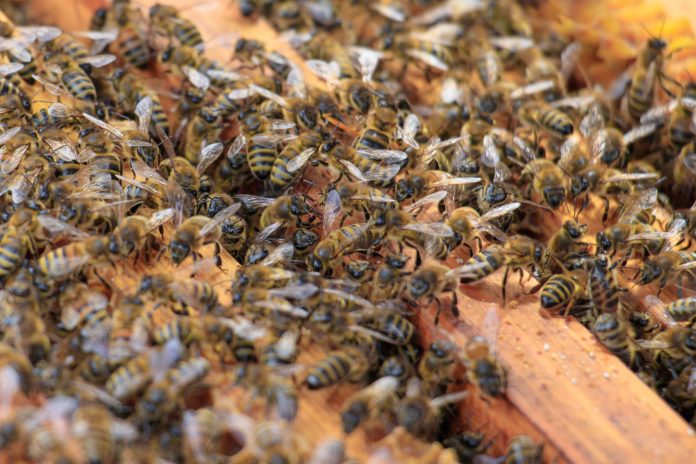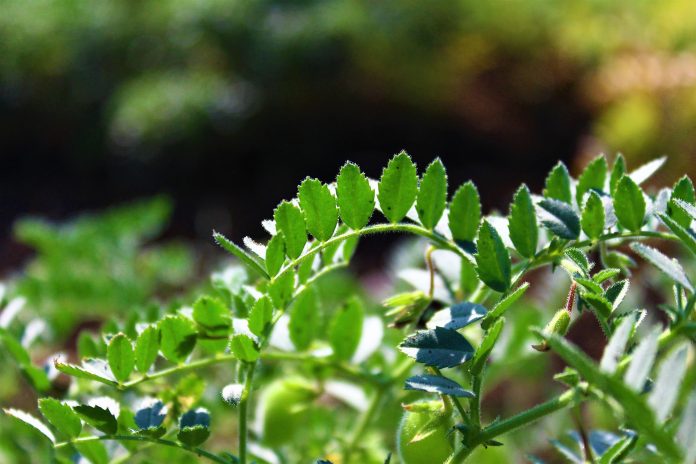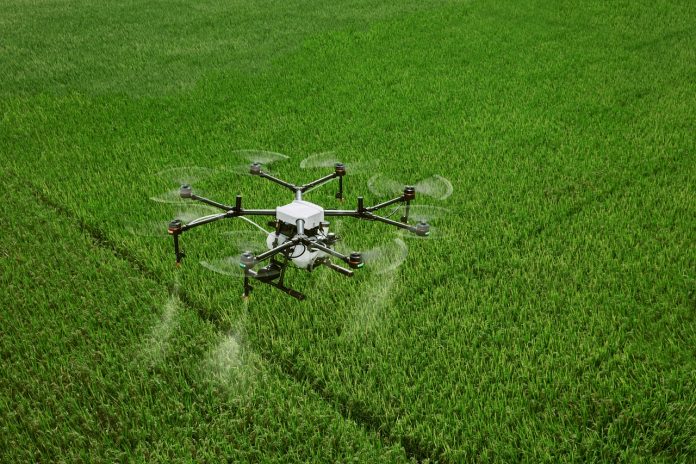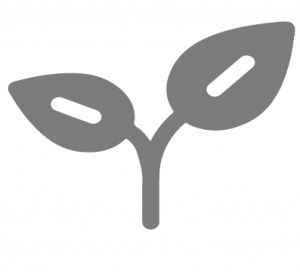Marigold is one of the most popular, annual, free flowering, and short-duration flowering crops. These flowers are known for their vibrant orange and yellow blooms, which add a cheerful touch to gardens and landscapes. Marigolds are native to Mexico and Central America but are now grown worldwide. In India, major marigold-growing states are Tamil Nadu, Karnataka, Andhra Pradesh, Karnataka, Madhya Pradesh and Maharashtra. They are widely grown for their use in various religious and cultural ceremonies. In addition to their ornamental value, marigolds are also known for their medicinal and culinary uses. Commonly cultivated marigold species are African marigold (Tall) and French marigold (Dwarf). Marigold cultivation is an important source of income for many farmers in India.
Vernacular names of Marigold in India
Genda flower (Hindi), Banti puvvu (Telugu), Samanthi flower (Tamil), Chendu Hoovu (Kannada), Jamandhi (Malayalam), Gainda (Bengali), Jhendu (Marathi).
Climate and Soil Requirements of Marigold
Marigold requires a mild climate for profuse growth and flowering. The optimum temperature range for its growth is 18 – 20˚C. Higher temperatures (> 35 ˚C) can restrict plant growth leading to a reduction in flower size and number. Plants and flowers may get damaged due to severe frost during winter.
Marigold can be grown in a wide range of soil, as it is adaptable to different soil conditions. However, a well-drained loamy soil with a soil pH of 7 – 7.5 is considered ideal. Avoid marigold cultivation in acidic and alkaline soil.
Varieties/Types Of Marigold
To find more marigold seeds click here
Sowing Time of Marigold Seeds
Marigolds can be grown throughout the year.
| Planting season |
Sowing time |
Transplanting time |
Flowering time |
Remarks |
| Summer |
Jan – Feb |
Feb – Mar |
Mid-May – Jul |
Due to high temperature, the size of flowers will be smaller. Good returns were obtained due to higher market demand. |
| Rainy |
Mid-Jun |
Mid-Jul |
Mid-Sept – Nov |
Due to higher market demand, crops fetch good prices. |
| Winter |
Mid – Sept |
Mid-Oct |
Mid-Jan |
Profuse blooming, best quality flowers, and high yield per unit area but low market rates. |
Seed rate of Marigold
500 – 800 gm/acre
Nursery Preparation
Marigolds are usually propagated through seeds. Before sowing, treat the seeds by mixing 10 ml of Azospirillum in a cold jaggery solution and evenly coat it on the seed surface. Prepare nursery beds of convenient length, 75 cm width, and 10 – 20 cm height. Apply a sufficient quantity of well-rotten FYM and mix them properly with the soil. Sow the seeds in rows 5 cm apart. The depth of the sowing should be 2 – 3 cm. Cover the seeds with FYM or fine sand and then give light irrigation with a rose can. The seeds will germinate within 4 – 5 days after sowing. Seedlings will be ready for transplanting after one month of sowing.
Main field Preparation and Transplanting
Plough the field to a fine tilth and then incorporate 10 tonnes of FYM for a one-acre field. The field should be irrigated before sowing. Seedlings can be used for transplanting after 1 month of sowing or when they have 4 – 5 leaves. Transplant the seedlings in the main field on one side of the ridge at 45 cm between the row and 45 cm within the row for the African Marigold type and 30 cm between the row and 30 cm within the row in the case of French Marigold.
(NOTE: Transplanting can be done in the evening when the temperature is relatively low)
Fertilizer Requirement for Marigold
The general dose of fertilizer recommendation for marigold is 36:36:30 kg/acre of NPK.
| Nutrient |
Fertilizer |
Dosage (per acre) |
Time of application |
| Organic |
FYM |
10 ton |
During the last ploughing |
| Katyayani Activated Humic acid (Improves uptake of nutrients and trace elements) |
Foliar: 1 gm/lit water |
1st spray: 15 days after sowing
Continue spraying at 10 – 12 days intervals till flowering |
| N |
Urea |
39 kg |
Basal |
| 39 kg |
Top dressing (45 days after planting) |
| P |
Single Super Phosphate (SSP) |
225 kg |
Basal |
| K |
Muriate of Potash (MOP) |
50 kg |
Basal |
| Essential nutrients (Major, Secondary & micronutrients) |
Multiplex Flower Booster (Increases size and number of flowers) |
Foliar: 4 gm/lit water |
1st spray: 25 – 30 days after transplanting.
2 to 3 sprays at 20 days interval |
| Seaweed extract |
Bioprime’s prime 7525 (Enhances foliage growth and induces more flowering) |
Foliar: 2 ml/lit water |
1st spray: At the onset of flowering
2 to 3 sprays at 15 – 20 days intervals |
Irrigation
Irrigation should be done immediately after transplanting. Avoid water shortage during vegetative growth as it may hamper plant growth and consequently flowering. The frequency of irrigation mainly depends on soil type and season. In the winter season, irrigation can be given at 8 – 10 days intervals while in the summer season, irrigation can be given at 4-5 days intervals. Water logging conditions should be avoided. A constant supply of moisture should be maintained from bud formation to the harvesting stage to avoid water stress.
Intercultural Practices
-
Earthing up
Earthing up is usually done 3 – 4 weeks after transplanting to improve plant stability, promote better drainage, and prevent weed growth.
-
Weed Management
The field should be maintained in free weed condition for the profuse growth of the plants. Weeding should be done as and when required. Generally, 4 – 6 manual weeding is necessary during the growth period.
-
Pinching
It involves the removal of apical buds which stimulates lateral branching and results in a more bushy and compact plant with more flowers. It delays flowering but results in the production of more flowers. Pinching is recommended to be done after 40 days of transplanting. The apical bud can be removed by pinching it off with the thumb and forefinger or using a sharp knife or scissors.
-
Staking
It involves providing support to tall plants to prevent them from lodging due to the weight of the flowers or strong winds. Tall plants of African-type marigolds need to be stacked with bamboo sticks for support.
Plant Protection Practices
Pests of Marigold
| Major Pests |
Damage Symptoms |
Control Measures |
| Mealy bug |
- White, cotton-like masses on young shoots, stems, and leaves.
- The presence of a sticky substance called honeydew causes sooty mold development.
- Crinkled leaves.
- This leads to retarded growth of apical parts of shoots.
|
Chemical control:
|
| Aphids |
- They suck the sap and cause curled and deformed leaves.
- Affected leaves turn yellow and wilt.
- Development of black sooty mold growth due to honeydew secretion.
- Presence of small, clustered insects (aphids) on the underside of the leaves or on stems.
|
- Crop rotation can be practiced.
- Maintain field sanitation.
- Intercropping with corn, beans, or garlic.
- Place 4 – 6 Tapas yellow sticky traps per acre.
- Spray Neem 0.3% at 2.5 – 3 ml/lit water.
- Ash and turmeric powder can be mixed in equal proportions and sprinkled on the plant.
Chemical control:
|
| Red spider mite |
- They suck the sap from the leaves and cause tiny, red, or brown specks on the leaf surface.
- Presence of fine webs on the plant covering the leaves and flowers.
- Affected leaves in the later stages turn brittle reddish and brown (bronzy).
- Premature drop of leaves and stunted growth.
|
- Use high-pressure water spray to knock off mites from the plant.
- Spray neem oil extracts at 1 – 2 ml/lit water.
- Spray Royal Clear Mite at 2 ml/lit water
- Spray cow urine diluted with water (1:20)
Chemical control:
|
| Beetles and Weevils |
- They feed on young leaves and tender shoots.
- They can chew holes in the leaves, leaving behind a ragged, uneven appearance.
- Stunted growth of the plant.
|
Chemical control:
|
| Leaf hoppers |
- They cause damage to the foliage of plants, particularly during the rainy season.
- Affected leaves turn yellow or brown.
- Causes rolling and curling of leaves along with wilting of affected shoots.
- French-type marigold is more susceptible.
|
Chemical control:
|
| Thrips |
- Distortion of affected leaves.
- The presence of silvery specks scars on the leaves.
- Flower petals may exhibit scars, reducing their aesthetic appeal.
- They also feed on the developing buds resulting in deformed flowers.
|
- Set up 6 – 8 yellow sticky traps for a 1-acre field.
- Spray Kay bee Thrips Raze Insecticide at 1 – 2 ml/lit water.
- Spray Neem 0.15% at 2 – 2.5 ml/lit water.
- Mix and grind neem cake with Aloe vera. Soak them in water for 10 days. Then, use the filtrate for spraying.
Chemical control:
|
| Leaf miners |
- Presence of white or silvery trails on the leaves.
- The appearance of small brown blotches on the leaf.
- Affected leaves become shriveled or distorted.
- Premature drop of leaves.
|
Chemical control:
|
Diseases affecting Marigold plant
| Major Diseases |
Damage Symptoms |
Control Measures |
| Damping off |
- Most prevalent during the seedling stage.
- Necrotic rings or spots appear on the young seedlings.
- In severe cases, the affected seedlings may collapse and die before they even emerge from the soil.
|
Chemical control:
|
| Powdery mildew |
- The appearance of white or gray powdery growth on leaves stems and flowers.
- Infected leaves may turn yellow and fall prematurely.
- Reduced flowering
|
- Spray Kay bee Fungo Raze at 1 – 2 ml/lit water.
- A mixture of 2 kg turmeric powder and 8 kg wood ash can be dusted over the leaves.
Chemical control:
|
| Wilt and Stem rot |
- Affected plants’ leaves may appear limp, droopy and wilted even if the soil is moist.
- Affected stems may become soft, slim, show brown discoloration and later decay.
- Stunted growth of the plant.
|
Chemical control:
- Ridomil Gold can be used for soil treatment at 1 – 1.5 gm/lit water.
|
| Collar rot |
- Dark brown or black lesions appear on the base of the stem.
- Collar region of the plant becomes soft and mushy due to rotting.
- Later, causes death of the plant.
|
Chemical control:
|
| Leaf spot and Blight |
- Small, brown necrotic spots develop on the affected leaves.
- In later stages, these spots may merge and cause the leaves to turn yellow and drop prematurely.
- Results in poor vegetative growth.
|
Chemical control:
|
| Flower Bud rot |
- Disease infection occurs in young flower buds.
- Infected flower buds may shrivel and turn dark brown in colour which later dry up.
- The pathogen may also cause blight by infecting the leaves resulting in brown necrotic spots on margins of older leaves.
|
Chemical control:
|
| Botrytis blight / Gray mold |
- Flowers may appear water soaked and turn brown or grey as the disease progresses.
- Gray fuzzy mold growth appears on flowers and foliage.
- Stems may rot leading to the collapse of plants.
|
Chemical control:
|
Harvesting
Marigold flowers are ready for harvest when they have attained their full size, which is typically about 2.5 months after the day of transplanting. After the first harvest, the plant continues to bear flowers for another 2 – 2.5 months. Flowers are to be plucked once in 3 days to improve the yield. Harvesting should be done in the cooler part of the day, viz., either morning or late evening hours. Flowers should be picked along with the portion of stalk. In order to prolong the vase life of marigold flowers after harvest, it is recommended to irrigate the field before harvesting the flowers. But overwatering should be prevented as it can make the flowers become heavy and soft, making them susceptible to damage.
For local market transportation, fresh marigold flowers are to be packed in bamboo baskets or gunny bags.
Yield
The yield of the flowers depends upon the season, soil fertility and variety.
- African marigold: 3 – 4 t/acre
- French marigold: 4.5 – 7 t/acre.



